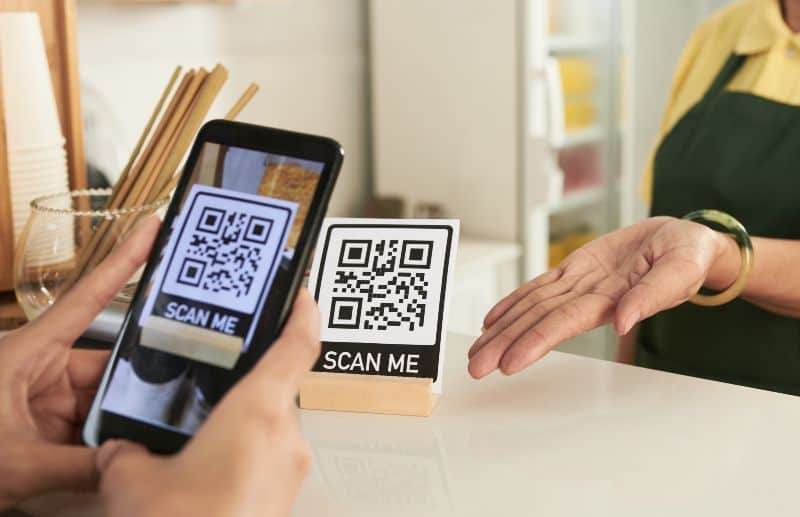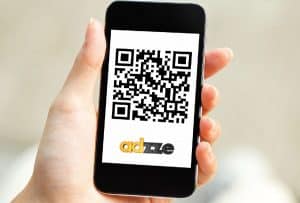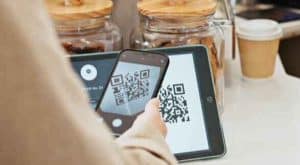Events and conferences are more than just gatherings; they are powerful platforms for brand engagement, networking, and immersive experiences. With technology evolving, marketers are constantly searching for innovative ways to enhance event participation and interactivity. One of the most exciting tools transforming event marketing is the Augmented Reality QR Code. By blending the accessibility of QR codes with the interactivity of AR, brands can create highly engaging and memorable event experiences.
In this blog, we’ll explore how Augmented Reality QR Codes can revolutionize event marketing, increase attendee participation, and provide measurable results. Whether you’re planning a trade show, corporate event, or festival, AR-powered QR codes can take your marketing strategy to the next level.
Why Use Augmented Reality QR Codes in Event Marketing?
Traditional event marketing relies heavily on banners, booths, and printed materials to communicate with attendees. However, these methods can sometimes be static and fail to capture audience attention. By integrating Augmented Reality QR Codes, marketers can:
Enhance Engagement – AR interactions encourage attendees to actively participate rather than passively observe.
Create Shareable Moments – AR experiences are more likely to be shared on social media, increasing event reach.
Provide Valuable Insights – QR code scans generate real-time data that helps measure attendee behavior and preferences.
Reduce Printing Costs – Digital AR content minimizes the need for printed brochures and flyers.
Now, let’s look at some creative ways to integrate Augmented Reality QR Codes into event marketing.
1. Augmented Reality QR Codes for Interactive Event Invitations
The attendee experience begins long before the event itself. Instead of sending standard email invitations or physical tickets, companies can use Augmented Reality QR Codes to create dynamic invitations. When scanned, the QR code could launch an AR-powered welcome video, a 3D event schedule, or an interactive tour of the venue.
How It Works:
Embed an Augmented Reality QR Code in digital invitations.
Attendees scan the code to see an animated 3D event teaser or speaker lineup.
The AR experience can also allow users to RSVP directly through the interactive display.
Example:
A major tech conference used AR-powered QR codes to reveal a holographic speaker announcement when attendees scanned their digital invitations. This not only built anticipation but also increased early registrations by 30%.
2. Enhancing Event Check-In with Augmented Reality QR Codes
Long check-in lines and cumbersome registration processes can dampen the attendee experience. AR-enhanced QR codes can speed up the process while adding an element of excitement.
How It Works:
Attendees receive a Augmented Reality QR Code upon registration.
At the venue entrance, they scan the code to access a virtual concierge that guides them through check-in.
The AR system can also provide an interactive venue map, schedule, and real-time updates.
Example:
A global marketing summit implemented AR QR codes at check-in stations. Instead of waiting in lines, attendees scanned their codes to activate an AR assistant that provided real-time event instructions and helped them navigate the venue efficiently.
3. Augmented Reality QR Codes for Booth Engagement
For trade shows and expos, attracting visitors to exhibitor booths is a major challenge. Traditional methods like handing out brochures and free swag often fail to create a lasting impact. Augmented Reality QR Codes can transform booth engagement by offering interactive and immersive brand experiences.
How It Works:
Attendees scan an Augmented Reality QR Code displayed at a booth.
The AR experience could include a 3D product demo, a gamified challenge, or an exclusive discount offer.
Brands can collect lead data by requiring attendees to enter their email before accessing the AR content.
Example:
An automotive company at a trade show used AR QR codes to let attendees visualize different car models in 3D. Prospective customers could interact with virtual features, such as changing colors and viewing interior specs, leading to a 25% increase in booth engagement.
4. Gamification and Scavenger Hunts with Augmented Reality QR Codes
Gamification is a proven strategy to boost attendee participation. Organizing an AR-powered scavenger hunt using QR codes can turn a traditional event into an engaging and interactive experience.
How It Works:
Place Augmented Reality QR Codes at key locations around the event venue.
When scanned, each code unlocks a new challenge, trivia question, or hidden AR object.
Participants who complete the hunt can win prizes or gain access to exclusive event content.
Example:
A music festival created an AR scavenger hunt where attendees scanned QR codes to reveal hidden artist interviews and virtual merchandise discounts. The campaign led to a 40% increase in attendee engagement and social media shares.
5. Post-Event Engagement with Augmented Reality QR Codes
Engagement shouldn’t stop when the event ends. Marketers can use Augmented Reality QR Codes to maintain a connection with attendees after the event.
How It Works:
Include an AR QR code in post-event thank-you emails.
Scanning the code could reveal highlights from the event, behind-the-scenes footage, or a personalized thank-you message.
Attendees can also access exclusive content, discounts, or invitations to future events.
Example:
A major fashion brand sent post-event AR QR codes to attendees, allowing them to see virtual 360-degree fashion show highlights. This campaign resulted in a 50% increase in follow-up engagement.
Measuring the Success of Augmented Reality QR Code Campaigns
To ensure the effectiveness of AR QR codes in event marketing, brands should track key performance indicators (KPIs), such as:
Scan Rates – Number of times the QR code was scanned.
Engagement Time – How long attendees interacted with the AR experience.
Social Media Shares – Number of times attendees shared their AR experience online.
Conversion Rates – Percentage of attendees who took desired actions (e.g., signing up, making a purchase, or following the brand on social media).








